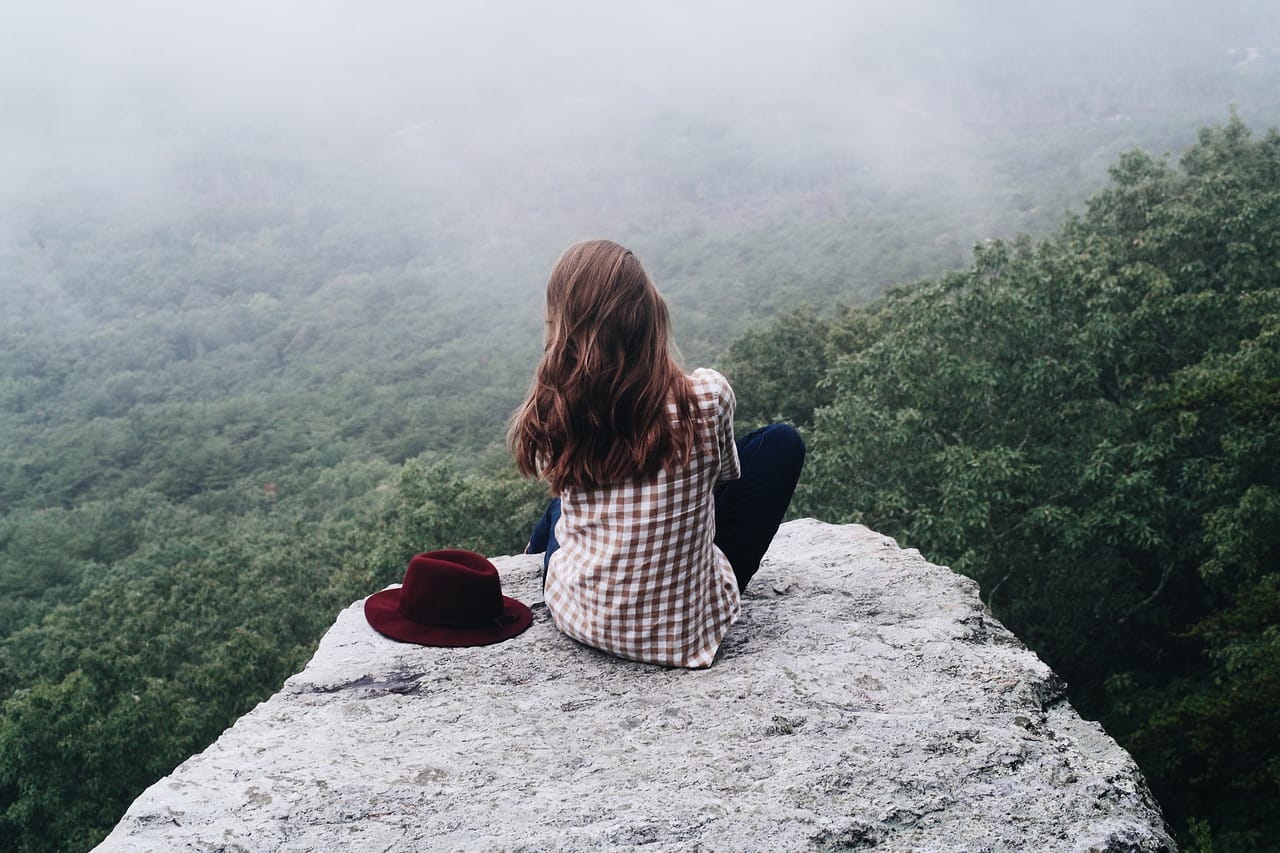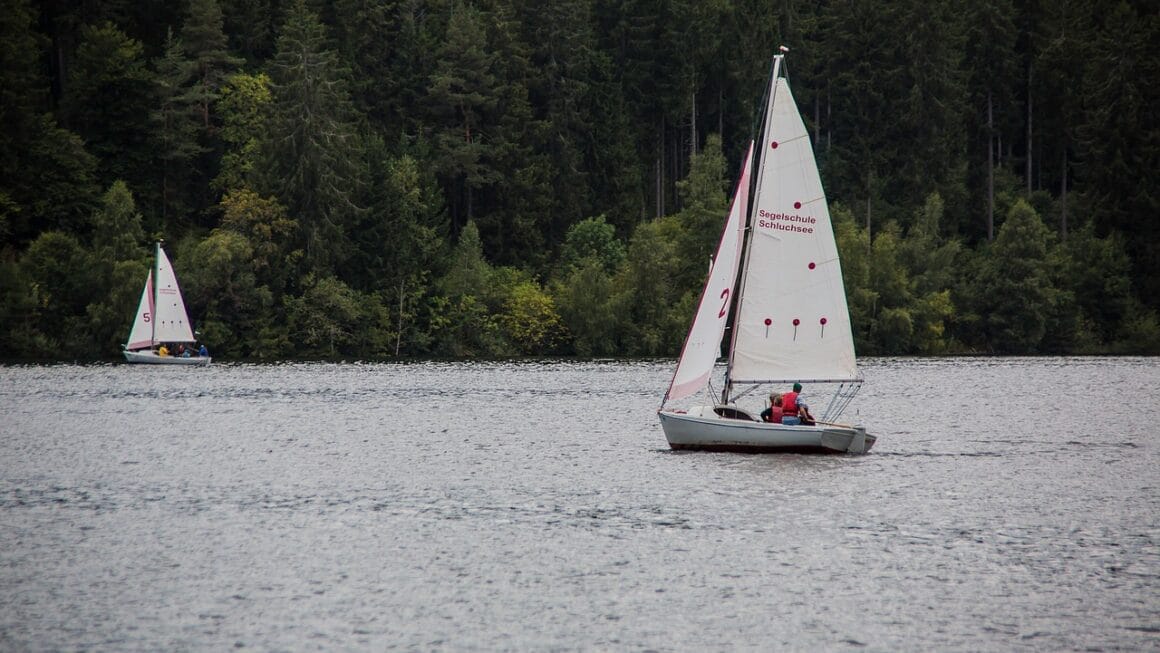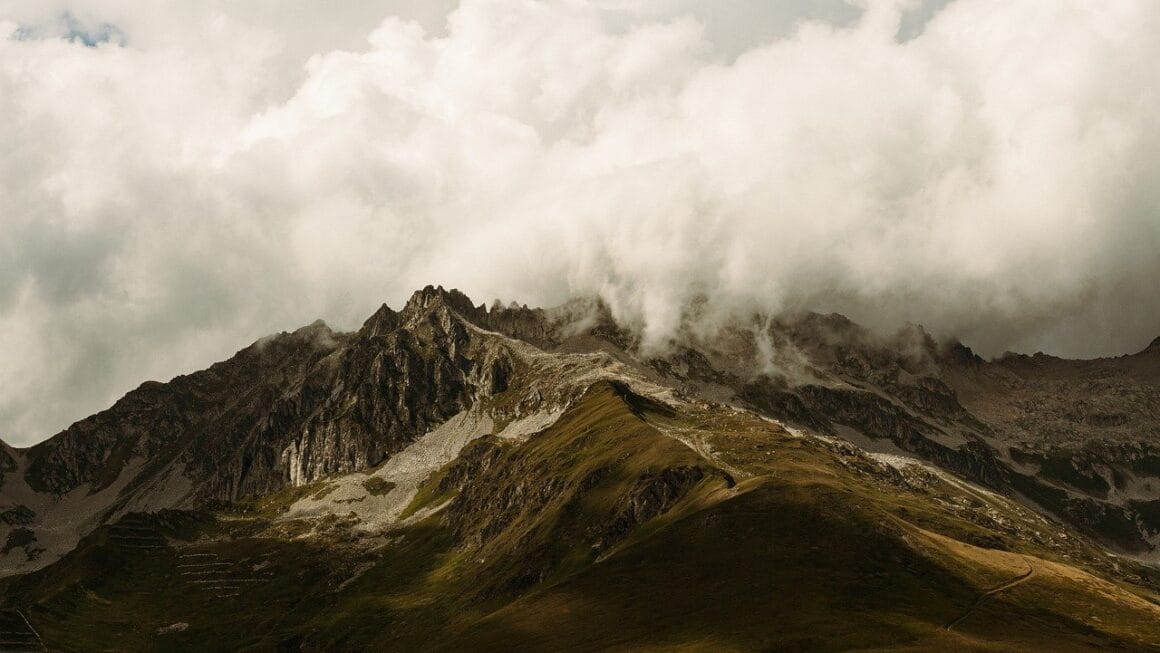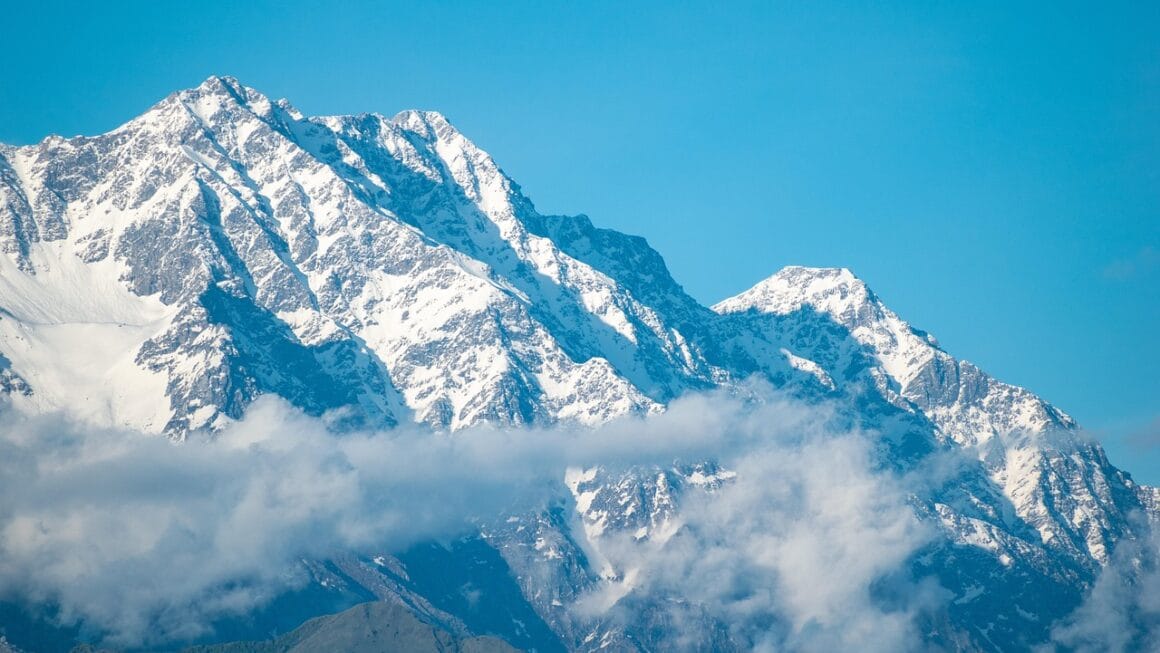Imagine standing on a landscape sculpted by time and ice, a river of frozen history stretching as far as the eye can see. Glacier hiking isn’t just a walk; it’s an adventure into a world of blue ice, deep crevasses, and breathtaking beauty. It’s a chance to connect with nature in its rawest form, to witness the power of glaciers firsthand, and to create memories that will last a lifetime. But before you set foot on this icy wonderland, understanding what glacier hiking entails is crucial. This guide provides you with everything you need to know to embark on a safe and unforgettable glacier adventure.
Understanding Glacier Hiking
Glacier hiking is a unique and challenging activity that involves traversing glaciers on foot, typically with the aid of specialized equipment. Unlike traditional hiking, glacier hiking requires specific knowledge and gear to navigate the ever-changing icy terrain safely. It’s more than just a walk on ice; it’s an exploration of a dynamic and often unpredictable environment.
What is a Glacier?
A glacier is a massive, long-lasting body of ice that moves slowly over land. Glaciers form over many years as accumulated snow compresses into ice. They are powerful forces that carve landscapes and play a significant role in regulating global climate. Understanding the basics of glacier formation and movement is essential before venturing onto one.
- Glaciers cover about 10% of the Earth’s land surface.
- They store about 75% of the world’s fresh water.
- Glacier melt contributes significantly to sea-level rise.
Why Choose Glacier Hiking?
Glacier hiking offers a unique and rewarding experience that appeals to adventurous souls. Here are some compelling reasons to consider it:
- Unparalleled Scenery: Witness breathtaking landscapes of blue ice, deep crevasses, and towering icefalls.
- Physical Challenge: Test your endurance and strength in a challenging and rewarding environment.
- Educational Experience: Learn about glacier formation, movement, and the impact of climate change.
- Sense of Accomplishment: Conquer a unique challenge and create lasting memories.
- Connection with Nature: Immerse yourself in the raw beauty and power of the natural world.
Essential Gear and Equipment
Safety is paramount when glacier hiking. Having the right gear is crucial for protecting yourself from the hazards of the icy environment. Never underestimate the importance of proper equipment.
Footwear and Traction
Proper footwear is the foundation of a safe and enjoyable glacier hike.
- Mountaineering Boots: Stiff-soled boots are essential for providing support and stability on uneven ice.
- Crampons: These metal spikes attach to your boots and provide the necessary traction on steep ice. Ensure they fit your boots securely.
- Gaiters: These waterproof coverings prevent snow and ice from entering your boots.
Safety and Rescue Gear
Beyond footwear, essential safety gear is critical for navigating potential hazards.
- Harness: A climbing harness is necessary for rope travel and crevasse rescue.
- Ice Axe: Used for balance, self-arrest, and probing for hidden crevasses. Learn how to use it properly!
- Rope: A strong, dynamic rope is essential for team travel and crevasse rescue.
- Crevasse Rescue Kit: This kit includes pulleys, prusiks, and carabiners necessary for rescuing someone who has fallen into a crevasse. It’s important to know how to use it.
- Helmet: Protects your head from falling ice and rocks.
Clothing and Protection
Staying warm and dry is essential for preventing hypothermia.
- Layered Clothing: Dress in layers to regulate your body temperature. Include a moisture-wicking base layer, an insulating mid-layer (fleece or down), and a waterproof outer layer.
- Gloves or Mittens: Protect your hands from the cold and ice.
- Hat: Retain body heat by covering your head.
- Sunglasses and Sunscreen: The sun reflects intensely off the ice, so protect your eyes and skin. High SPF is essential!
Safety Considerations and Hazards
Glacier hiking presents several inherent risks. Understanding these dangers and taking appropriate precautions is essential for a safe experience. Always prioritize safety and never underestimate the power of nature.
Crevasses
Crevasses are deep cracks in the ice that can be hidden beneath snow bridges. Falling into a crevasse is a serious hazard.
- Travel as a Team: Always travel roped together to increase the chances of stopping a fall.
- Probe Ahead: Use your ice axe to probe for hidden crevasses, especially in areas with recent snowfall.
- Know Crevasse Rescue: Learn and practice crevasse rescue techniques.
Icefall and Seracs
Icefalls are unstable areas where glaciers break and tumble. Seracs are towering blocks of ice that can collapse without warning.
- Avoid Icefalls: Never hike directly beneath or on icefalls.
- Be Aware of Seracs: Keep a safe distance from seracs and be mindful of potential collapse.
Weather Conditions
Weather on glaciers can change rapidly. Be prepared for sudden shifts in temperature, visibility, and precipitation.
- Check the Forecast: Before your hike, check the weather forecast and be prepared for potential changes.
- Bring Extra Gear: Pack extra layers of clothing, food, and water in case of delays or emergencies.
- Be Prepared to Turn Back: If the weather deteriorates, be prepared to turn back. Safety is more important than reaching your destination.
Glacier Movement
Glaciers are constantly moving, which can create new hazards and change the landscape.
- Stay Updated: Obtain the latest information about glacier conditions from experienced guides or local authorities.
- Be Observant: Pay attention to your surroundings and be aware of potential changes in the ice.
Choosing a Glacier Hiking Tour
Unless you have extensive mountaineering experience, it’s highly recommended to join a guided glacier hiking tour. Experienced guides provide essential knowledge, equipment, and safety measures.
Researching Tour Operators
- Check Credentials: Ensure the tour operator is licensed and insured.
- Read Reviews: Look for reviews from previous clients to assess the operator’s reputation.
- Inquire About Experience: Ask about the guides’ experience and qualifications.
- Assess Safety Protocols: Inquire about the operator’s safety procedures and emergency plans.
What to Expect on a Guided Tour
A typical guided glacier hiking tour includes:
- Equipment: The tour operator will provide essential gear, such as crampons, harnesses, and helmets.
- Safety Briefing: The guide will provide a safety briefing covering hazards, equipment use, and emergency procedures.
- Instruction: The guide will teach you basic glacier hiking techniques, such as walking with crampons and using an ice axe.
- Guided Hike: The guide will lead you on a safe and informative hike across the glacier.
- Educational Information: The guide will provide information about glacier formation, movement, and the impact of climate change.
Example Tour Locations
- Iceland: Sólheimajökull and Vatnajökull glaciers offer stunning landscapes and various tour options.
- Alaska: Matanuska Glacier provides accessible and rewarding glacier hiking experiences.
- New Zealand: Franz Josef and Fox Glaciers offer scenic hikes with unique rainforest surroundings.
- Switzerland: Aletsch Glacier is the largest glacier in the Alps and provides various hiking opportunities.
Conclusion
Glacier hiking is an extraordinary adventure that combines physical challenge, stunning scenery, and educational insights. By understanding the essential gear, safety considerations, and the benefits of guided tours, you can embark on a safe and unforgettable journey onto these magnificent ice giants. Remember to respect the power of nature, prioritize safety, and embrace the awe-inspiring beauty of the glacial world. Plan your trip carefully, choose a reputable tour operator, and prepare for an experience that will leave you with memories to last a lifetime.




